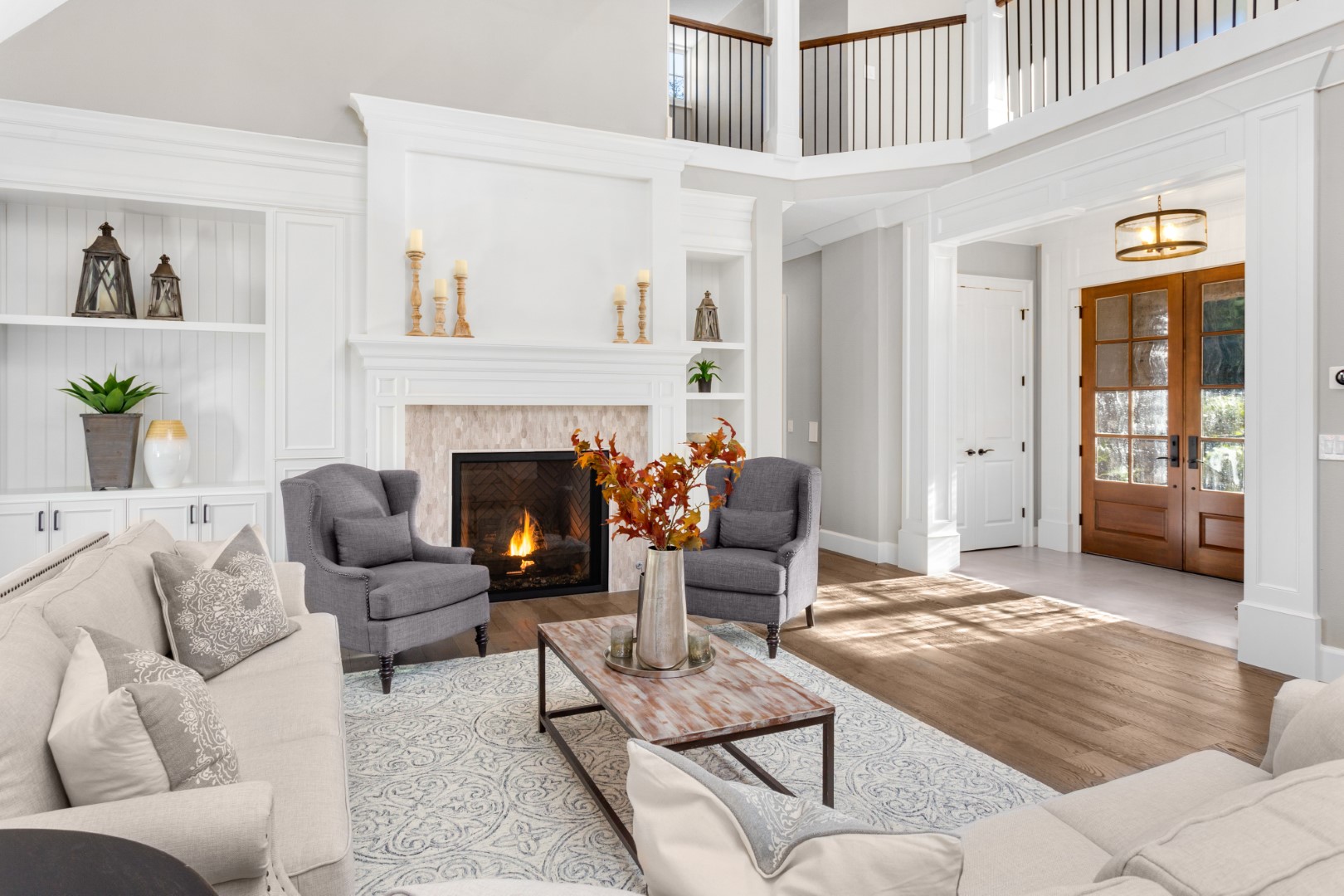Introduction
In today’s competitive real estate market, high-quality property photographs are crucial to capture potential buyers’ attention. Photos are often buyers’ first introduction to a property, and poor visuals can deter them from giving it a second look. To attract potential buyers and showcase your property’s best features, we have compiled a comprehensive guide on what to pay attention to while photographing a property for sale.
Preparation: Staging and Decluttering
Before picking up your camera, ensure the property is appropriately staged and decluttered to create a welcoming environment for potential buyers. Here are some pointers:
- Remove personal items, such as family photos, pets, and religious symbols.
- Declutter space by removing unnecessary objects, such as knick-knacks and excess furniture.
- Ensure the property is clean and well-maintained.
- Consider hiring a professional stager to make the property more appealing to a broader audience.
Lighting: Natural is Best
Good lighting is essential for capturing high-quality property photographs. Here are some tips to optimize your lighting conditions:
- Time your photoshoots to coincide with the golden hours or shoot during bright overcast days to avoid harsh shadows.
- Open all window shades and turn on all interior lights to create a well-lit, inviting ambiance.
- Avoid using a camera flash, which can create glare and reflections.
- Consider using a tripod for slower shutter speeds in low-light situations. This will help in capturing sharp images.
Composition: Showcase the Property’s Features
Compose your photos to highlight the property’s selling points and create a sense of spaciousness. Keep the following tips in mind:
- Use a wide-angle lens to capture more of the space in each frame – but be careful not to overly distort the image.
- Shoot from a lower camera angle to make the rooms look more spacious and emphasize the height of the ceilings.
- Position your camera at the one-third point of a wall to convey space and depth effectively. This perspective can make rooms appear larger.
- Include architectural details and unique features to add character and charm to the photographs.
- Shoot a mix of horizontal and vertical images to cater to different platform requirements and provide a variety of viewing angles.
- Capture multiple angles of each room to give potential buyers a comprehensive understanding of the space.
Exterior Photography
Don’t forget about the importance of photographing your property’s exterior. These photos can make a strong first impression on potential buyers. Follow these tips to capture an attractive exterior:
- Focus on the property’s curb appeal: tidy landscaping, remove cars from the driveway, and remove any trash bins or clutter.
- Show off outdoor living spaces, like decks, patios, and pools, to entice buyers with the lifestyle the property offers.
- Capture a variety of angles and elevations to display the property in its entirety, including the front and back of houses, as well as wide shots of surrounding land or gardens.
- Consider including a drone photo to showcase the entire property, neighborhood, or unique vantage points.
Post-Processing: Enhance Your Images
Putting some effort into post-processing can take your property photos to the next level. Make use of photo editing software to perfect the final images:
- Adjust the exposure to ensure each image is well-lit and properly exposed.
- Correct any color casts and balance the white balance to ensure accurate color representation.
- Straighten vertical and horizontal lines to avoid distortion.
- Remove any unwanted distractions in the images, such as blemishes or stains, using spot removal tools.
- Crop images for composition and to create visual consistency between images.
Size and Format
Ensure your photos are formatted and sized correctly for the platforms where they will be displayed:
- Save images in high-quality JPEG format for optimal file size and quality.
- Resize images for web use to ensure they load quickly on property listings websites. A width between 1500-2000 pixels is generally recommended.
- For print materials, ensure images have a resolution of at least 300 DPI (dots per inch) for optimal clarity.
- Maintain a consistent aspect ratio (e.g., 4:3 or 16:9) across all images for a cohesive visual experience on property listings.
Capturing Lifestyle Imagery
In addition to photographing the property itself, it’s essential to capture lifestyle images to evoke an emotional connection with potential buyers. Consider including the following images:
- Community amenities, such as parks, pools, gyms, and nearby attractions.
- Neighborhood views, landscapes, and points of interest.
- Activity-oriented images that showcase the property’s lifestyle options, such as outdoor entertainment areas or cozy reading nooks.
Virtual Tours
With advancements in technology, virtual tours are becoming increasingly popular for property buyers who may be unable to visit in person. If possible, consider investing in the following virtual tour options:
- 360-degree photos or videos that provide a comprehensive view of each room.
- A walk-through video tour that highlights the property’s flow and spatial relationships.
- A 3D rendered floor plan that helps potential buyers visualize the property layout.
Invest in Quality Equipment
While smartphone cameras have come a long way, professional-grade equipment can greatly improve the quality of your property photographs. Consider investing in or renting the following:
- A DSLR or mirrorless camera, which offers better low-light performance, color accuracy, and image quality than a smartphone.
- A wide-angle lens to capture more of the space and create a sense of openness.
- A sturdy tripod to ensure sharp, blur-free images.
- External flashes or reflectors to control your lighting and minimize harsh shadows.
Learn from the Pros
To improve your property photography skills, study the work of professional real estate photographers and take note of the techniques they use. Online tutorials, workshops, and photography courses can also equip you with a better understanding of composition, lighting, and post-processing best practices.
Be Mindful of Legal Considerations
Ensure that your property photographs do not mislead potential buyers or infringe on the copyright of others:
- Do not use excessive image manipulation to misrepresent the property’s size, condition, or features.
- Obtain necessary permissions before photographing nearby or adjacent properties, artworks, or objects with trademarks.
Test, Review, and Iterate
Continuously refine your photography skills and techniques by reviewing your work and comparing it to professional-standard property photographs. Seek feedback from potential buyers, real estate agents, or colleagues to learn what works and what could be improved. Implement feedback and new learnings in your next property photoshoot.
In Conclusion
Photographing a property for sale requires attention to detail and a focus on showcasing the property’s unique features and lifestyle options. By following the tips and guidelines in this comprehensive guide, you’ll ensure your property stands out from the competition and attracts the right buyers. Remember that well-executed photography can significantly impact your property’s perceived value – and ultimately, its successful sale.
Putting in the effort to capture stunning photographs of your property can significantly impact attracting potential buyers and achieving a successful sale. By following the tips outlined in this comprehensive guide and continually honing your photography skills, your property will standout in the competitive real estate market. Remember that great visuals not only create a lasting first impression but can also increase your property’s perceived value.

BIG PICTURE 360 IS A PHOTOGRAPHY
Learn more about our real estate photography, virtual tours, and drone photography services. Get an instant photography services quote.

